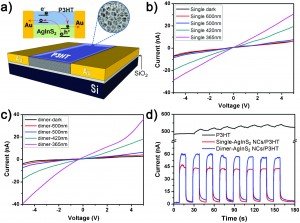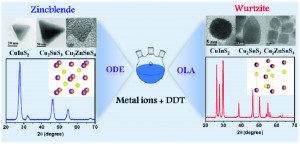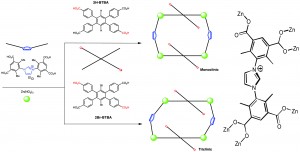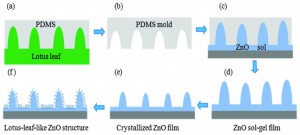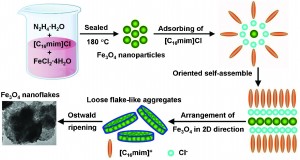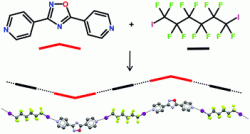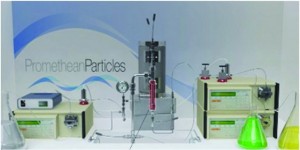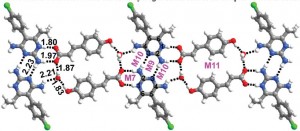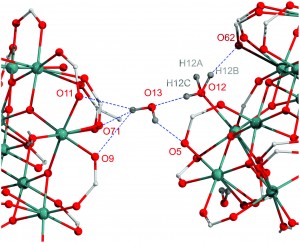This month sees the following articles in CrystEngComm that are in the top ten most accessed:-
Hydrothermal synthesis of one-dimensional yttrium hydroxide particles by a two-step alkali-addition method
Fumiyuki Shiba, Tosuke Tamagawa, Takashi Kojimab and Yusuke Okawa
CrystEngComm, 2013,15, 1061-1067
DOI: 10.1039/C2CE26485D
Crystal transformation synthesis of a highly stable phosphonate MOF for selective adsorption of CO2
Fupeng Zhai, Qingshu Zheng, Zhenxia Chen, Yun Ling, Xiaofeng Liu, Linhong Wenga and Yaming Zhou
CrystEngComm, 2013,15, 2040-2043
DOI: 10.1039/C2CE26701B
Two isostructural amine-functionalized 3D self-penetrating microporous MOFs exhibiting high sorption selectivity for CO2
Bo Liu, Ruili Zhao, Guoping Yang, Lei Hou, Yao-Yu Wang and Qi-Zhen Shi
CrystEngComm, 2013,15, 2057-2060
DOI: 10.1039/C3CE26800D
Development of organic porous materials through Schiff-base chemistry
Yinghua Jin, Youlong Zhua and Wei Zhang
CrystEngComm, 2013,15, 1484-1499
DOI: 10.1039/C2CE26394G
Facile synthesis of a mesoporous benzothiadiazole-COF based on a transesterification process
Mirjam Dogru, Andreas Sonnauer, Silvia Zimdars, Markus Döblinger, Paul Knochel and Thomas Bein
CrystEngComm, 2013,15, 1500-1502
DOI: 10.1039/C2CE26343B
Covalent organic frameworks
Andrew I. Cooper
CrystEngComm, 2013,15, 1483-1483
DOI: 10.1039/C2CE90122F
‘Masked synthons’ in crystal engineering: insulated components in acetaminophen cocrystal hydrates
John R. G. Sander, Dejan-Krešimir Bučar, Rodger F. Henry, Brittany N. Giangiorgi, Geoff G. Z. Zhang and Leonard R. MacGillivray
CrystEngComm, 2013, Advance Article
DOI: 10.1039/C3CE40159F
Synthesis, characterization and observation of structural diversities in a series of transition metal based furan dicarboxylic acid systems
Rupam Sen, Dasarath Mal, Paula Brandão, Guillaume Rogezb and Zhi Lin
CrystEngComm, 2013,15, 2113-2119
DOI: 10.1039/C3CE26306A
2D and 3D coordination polymers constructed by a novel hexakis(1,2,4-triazol-ylmethy1)benzene ligand and different carboxylate anions: syntheses, structures, and luminescent properties
Zhe Zhang, Jian-Fang Ma, Ying-Ying Liu, Wei-Qiu Kana and Jin Yang
CrystEngComm, 2013,15, 2009-2018
DOI: 10.1039/C3CE26874H
4th European conference for crystal growth – crystallisation in focus: from fundamentals to application
Alastair J. Florence
CrystEngComm, 2013,15, 2174-2174
DOI: 10.1039/C3CE90028B
Why not take a look at the articles today and blog your thoughts and comments below.
Fancy submitting an article to CrystEngComm? Then why not submit to us today or alternatively email us your suggestions.











